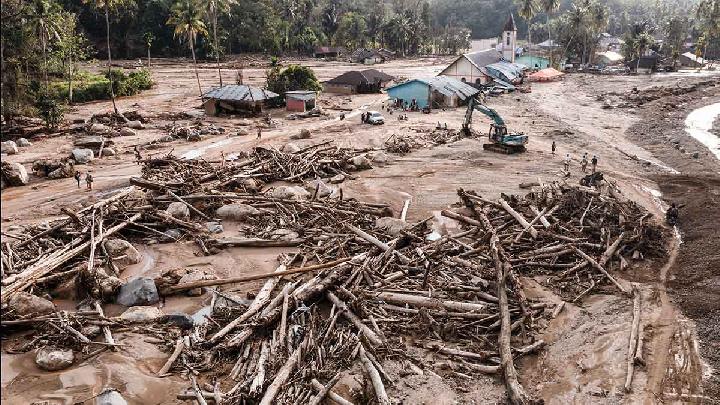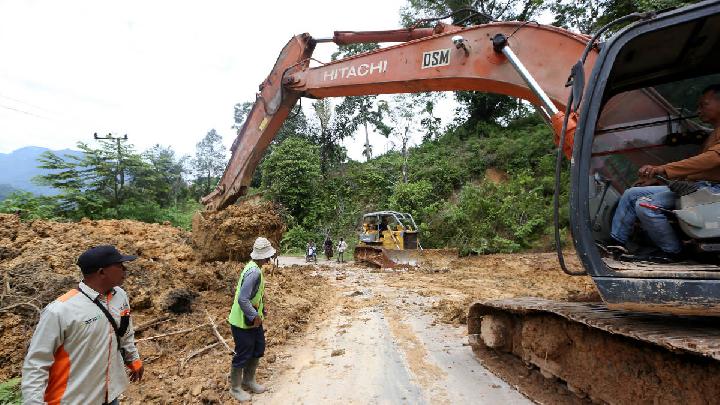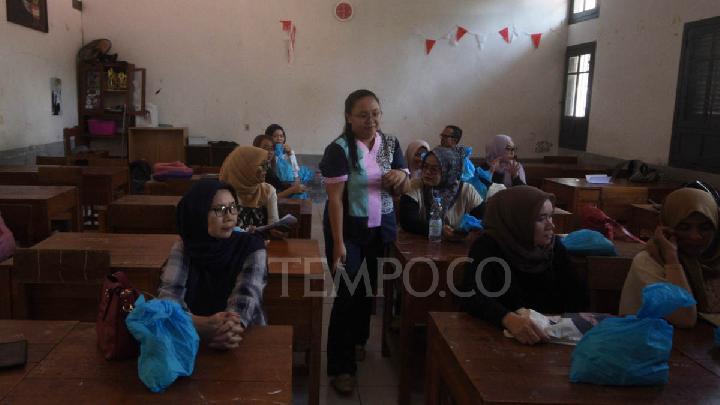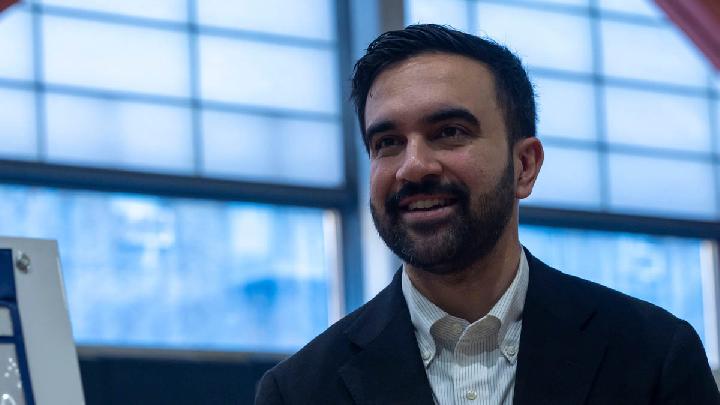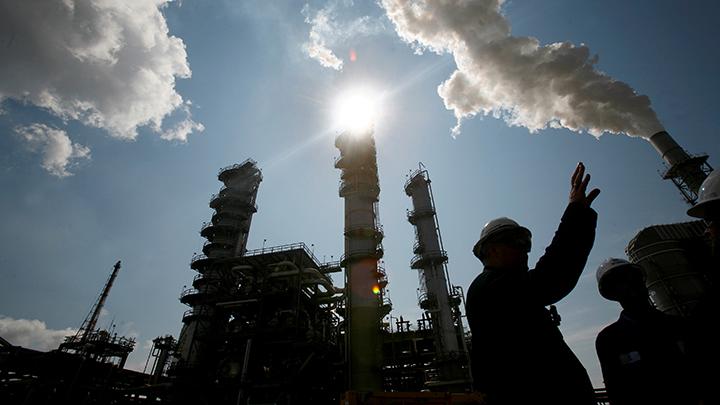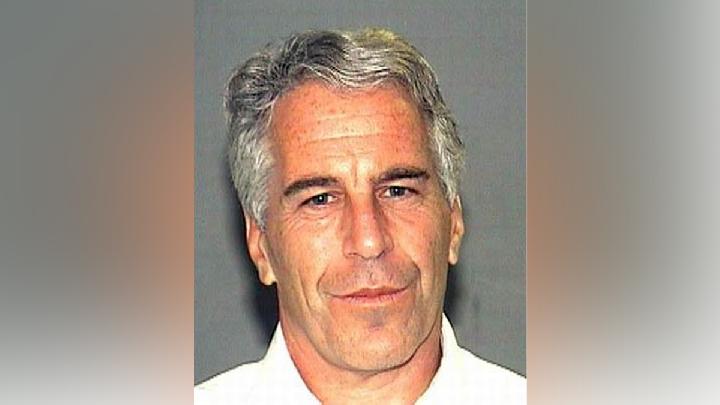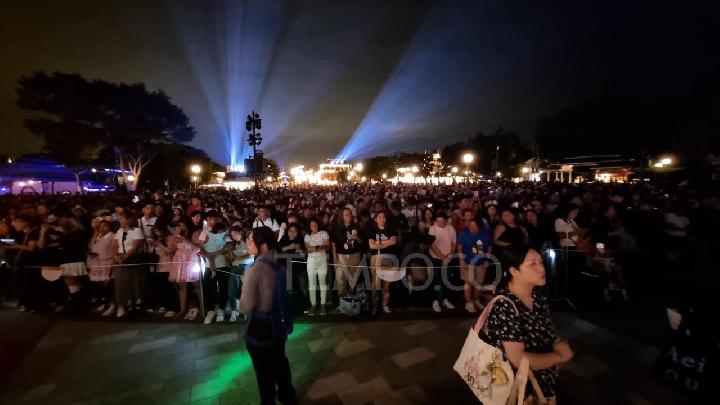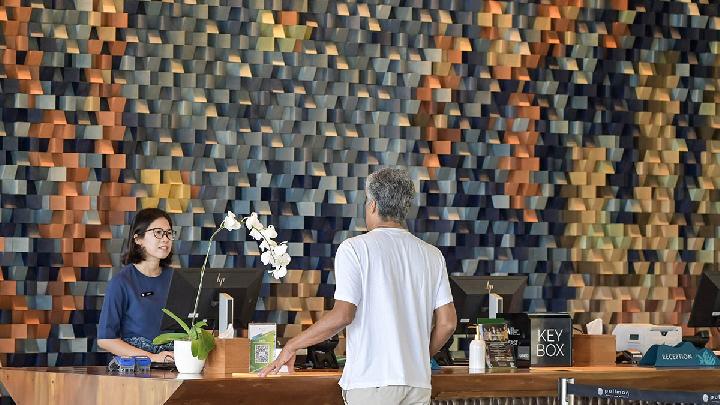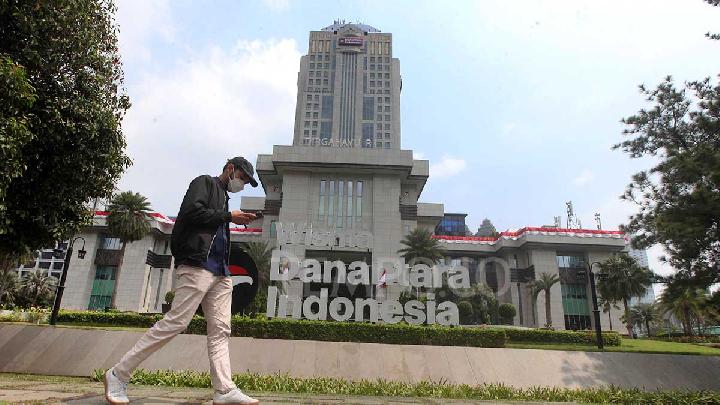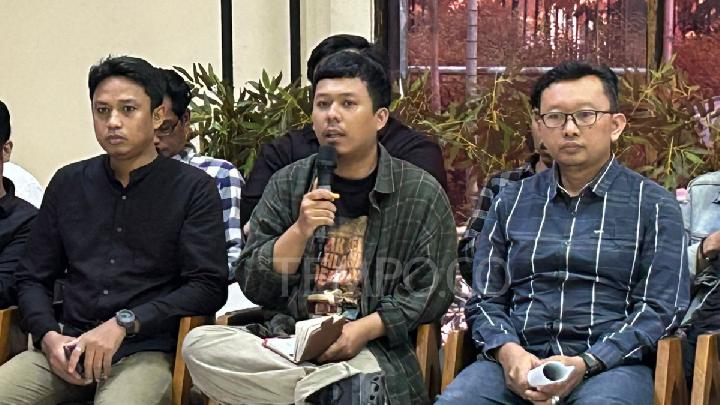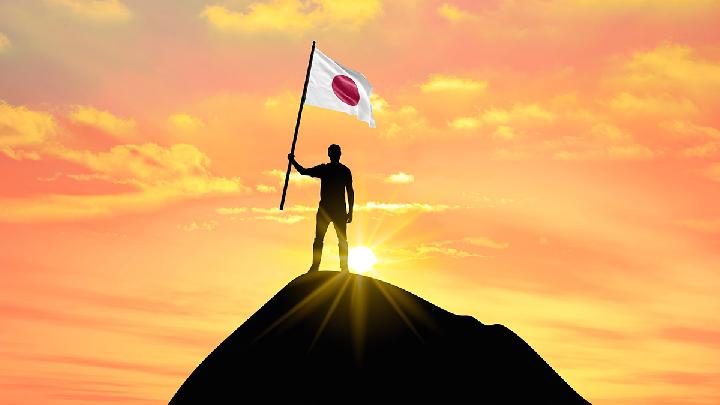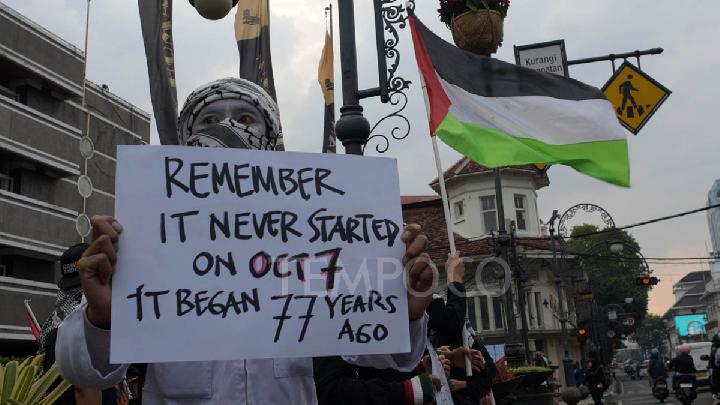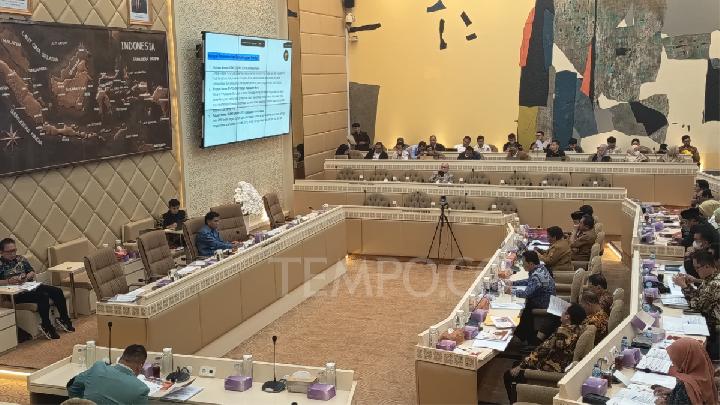September 3, 2025 | 11:51 am

By Gunjan Singh, OP Jindal University.
Days before Indian Prime Minister Narendra Modi reached Tianjin in China for the Shanghai Cooperation Organization summit, the Indian media was upbeat about Chinese Foreign Minister Wang Yi’s two-day Delhi visit.
A “reset” in China-India ties was expected, especially after the June 2020 Galwan clashes, commented one editorial. Another report claimed there was “consensus” on key points in a joint statement issued before Wang’s departure for Pakistan and Afghanistan.
India’s Ministry of External Affairs, while adopting a cautious approach, recognized that the Indian and Chinese representatives “spoke positively” even as the perception in New Delhi was that there was “peace and tranquility” in the India-China border areas.
While Wang’s Delhi visit was centered around the 24th round of special representative talks on the border, the Chinese diplomat’s sojourn was seen more as an attempt to lay the groundwork for the Shanghai Cooperation Organization summit meeting between Modi and Chinese President Xi Jinping, which could form the basis for a deeper engagement to thwart U.S. geoeconomic and geopolitical moves, especially in the wake of the 50 percent tariffs imposed on India by the Trump administration, 25 percent as a penalty for purchasing Russian oil.
Wang met three key actors from the Indian side – Modi, External Affairs Minister S. Jaishankar and National Security Adviser Ajit Doval. The subsequent statement issued by the Indian Ministry of External Affairs reiterated New Delhi’s commitment to a “fair, reasonable and mutually acceptable resolution of the boundary question.”
For his part, Wang recognized after his meeting with the Indian NSA that “stability” had been “restored” on the border. He was willing to admit that the “setbacks” in the last few years were “not in our interest.” The two countries, Wang said, should be partners and not adversaries. While a decision to resume the religious and spiritual pilgrimage to Mount Kailash was arrived at in April, the two sides are keen to restart people-to-people contacts, recommence direct flights and reopen border trade.
This warming up of ties is being seen as a calibrated move to build a joint front to thwart what Chinese Ambassador to Delhi Xu Feihong called a “bully” – the U.S. – and at a time when “tariff wars and trade wars are disrupting the global economic and trade system.”
With Wang’s visit, Modi’s trip to Tianjin, and the Chinese ambassador’s strong characterization of the U.S. as a bully, it might appear that there is a thaw in ties that were strained only months ago. Yet New Delhi would also be wary of the Chinese foreign minister’s onward visit to Pakistan where he met General Asim Munir. Wang expressed China’s “steadfast support” for Pakistan’s sovereignty and development, which emboldened Islamabad to reaffirm the countries’ “all-weather strategic partnership.”
More importantly, Pakistani Prime Minister Shehbaz Sharif attended the formal launch of the second phase of the China-Pakistan Economic Corridor (CPEC-II) with both sides expected to “set clear priorities” aimed at agreeing on “tangible and measurable outcomes.”
For India, CPEC-II is not only an expansion of Chinese power – a strategic lever under the Belt and Road Initiative – in Pakistan, but it also “intensifies” security, territorial, and geopolitical apprehensions. Besides, CPEC-II comes at a time when Islamabad is in the process of reengaging with Washington, which will likely continue to give New Delhi a hard time now that it has announced that Sergio Gorokhovsky, a political appointee, will be Trump’s preferred choice as ambassador to India.
Closer ties between China and India make sense in the backdrop of Trump’s shock tariffs as both countries seek common ground. However, it is difficult to ignore India’s trade deficit with China, which stands around $100 billion. There has been little effort from China to address Indian concerns and develop a more balanced trade relationship.
When China-India ties normalized in 1988 following then-Prime Minister Rajiv Gandhi’s Beijing visit, both sides engaged proactively on trade and peace building. However, the failure of the confidence building mechanisms and the mounting trade deficit coupled with the 2020 Galwan clashes underscore the fragility and the inherent mistrust in this relationship.
The challenge is even as India tries to assert equal status, China’s perception is quite the opposite. This perception gap is exemplified by Beijing’s arguments over need for trade and people-to-people engagements, while New Delhi’s concern is centered around a proactive resolution of the thorny border issue.
Wang’s visit also raised challenges and questions on India’s shift in stance on the One China policy as well as accepting the “early harvest boundary settlement” or resolving the boundary dispute in parts. The Indian stand over Taiwan amid a rise in Chinese aggression toward Taipei and Xi’s repeated pursuit of reunification, only helps Chinese narrative-building. This curtails Indian efforts to build a complementary relationship with Taipei.
The change in boundary settlement agenda underscores a win for Beijing, indicating that India needs China more than the other way round. This may be read as a sign of weakness.
In addition to recent Indian fears over the construction of a mega-hydropower project on the Yarlung Tsangpo in Tibet, a railway line connecting Xinjiang to Tibet poses significant security concerns for New Delhi. China has continued to build and develop infrastructure across the Line of Actual Control with little regard for Indian concerns, whether ecological or conventional security. At the same time, China has regularly opposed Indian attempts to develop its own capabilities on its side of the disputed border, especially in Arunachal Pradesh.
Wang’s visit reflects China’s standard position that pitches its attitudes and policies toward India depending on where it stands in respect to the US. Beijing was aware that a second Trump presidency would pose significant geopolitical and geoeconomic challenges, which explains the growing warmth, since October 2024, with India.
The question is whether Chinese overtures are genuine and rooted in respect for India as an equal partner. A concrete shift in Beijing’s approach will minimize mistrust and help drive a fresh narrative. Otherwise, the recent parlays and the Tianjin summit will remain just political and diplomatic posturing.
Originally published under Creative Commons by 360info™.
*) DISCLAIMER
Articles published in the “Your Views & Stories” section of en.tempo.co website are personal opinions written by third parties, and cannot be related or attributed to en.tempo.co’s official stance.
Prabowo to Attend China's Military Parade at Xi Jinping's Invitation
1 jam lalu
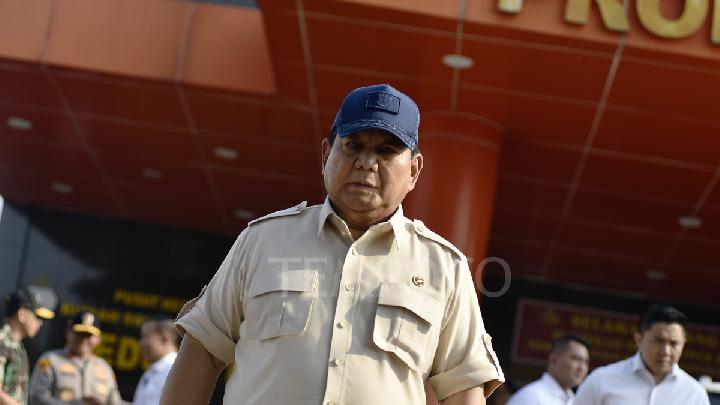
State Secretary Minister explains the reason for Prabowo's visit to Beijing amid the widespread protests in Indonesia.
Why Prabowo Visited China Despite His Trip's Cancellation Amid Mass Protests
2 jam lalu
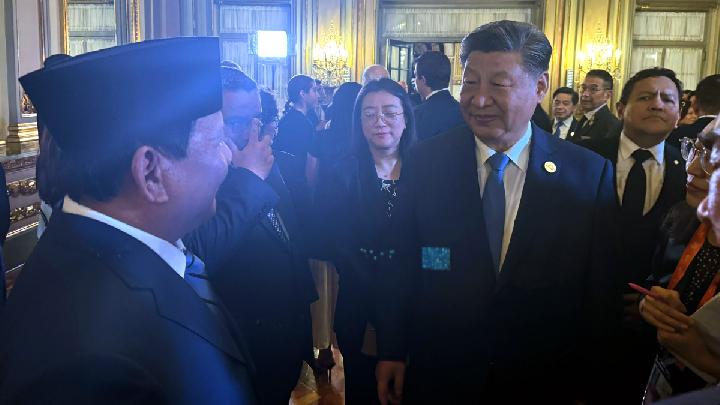
Indonesian President Prabowo Subianto has decided to make a foreign visit to Beijing, China, after previously canceling it due mass protests.
Prabowo Visits China for Military Parade as Protests Still Rage in Indonesia
13 jam lalu
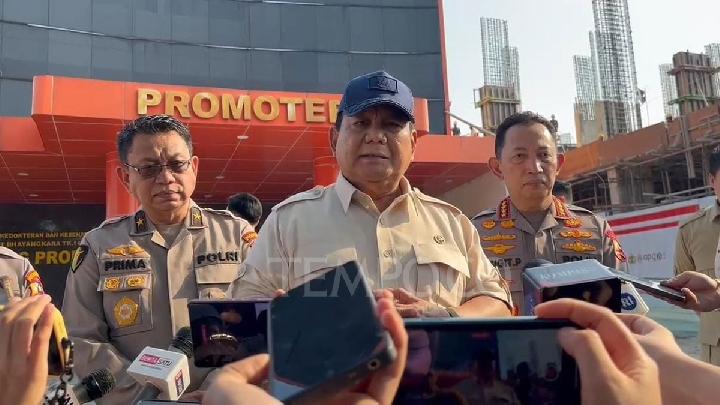
Prabowo's visit to China appears inconsistent with his remarks during a press conference at the Merdeka Palace on Sunday, August 31.
Russia, China Ink Major Deal for New Gas Pipeline
15 jam lalu

Gazprom has agreed to increase gas supplies to China through existing pipelines and to build the large Power of Siberia 2 pipeline at a lower price than that charged to European buyers.
Whoosh: The High-Speed Rail's Journey from Opposition to Debt Crisis
18 jam lalu

Facing huge debt and financial difficulties, Whoosh project has come a long way since its early days of opposition from ex-minister Ignasius Jonan.
Kim Jong Un Arrives in China Aboard His Iconic Armored Train
21 jam lalu

North Korean leader Kim Jong Un is expected to attend a military parade alongside Xi Jinping and Vladimir Putin.
Tianjin Test: Modi to Meet Xi Amid Fragile Reset
1 hari lalu

Indian PM Narendra Modi is scheduled to visit China's Tianjin on August 31 for a summit meeting of SCO leaders, including Xi Jinping and Putin.
How India Can Compensate for Wrongful Imprisonment
2 hari lalu

A comprehensive compensation scheme must also address rehabilitation, counselling and reintegration into the society of India.
SCO Summit: World Leaders Gather in China's Tianjin
2 hari lalu
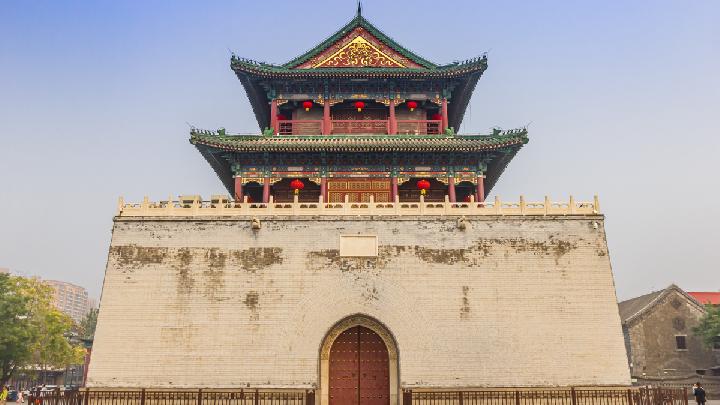
China welcomed world leaders as they arrived for the Shanghai Cooperation Organization, or SCO summit, on Sunday in Tianjin.
Russia's Vladimir Putin Lands in China for SCO Summit
2 hari lalu

Russian President Vladimir Putin arrived in the northern city of Tianjin, China on Sunday, August 31, 2025 to attend the Shanghai Cooperation Organization (SCO) Summit.






